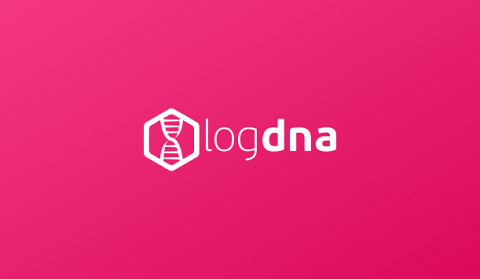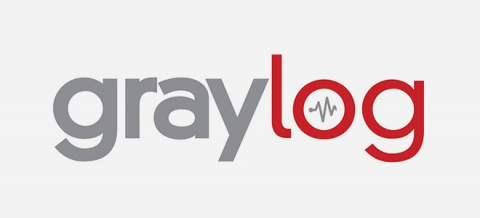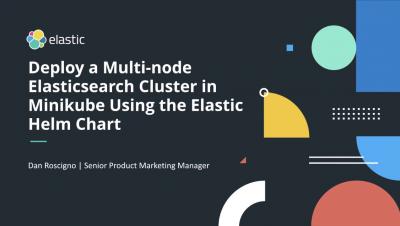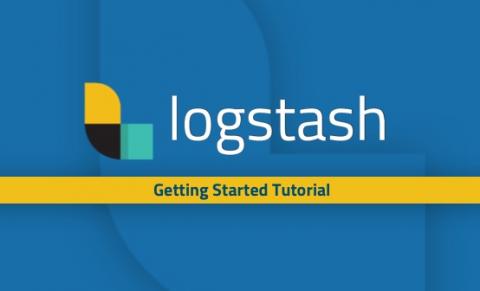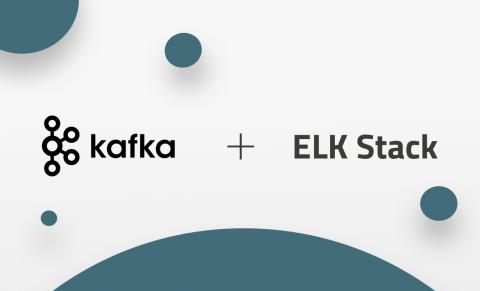Why the LogDNA Agent Runs As Root
One question that customers often ask is “why does the LogDNA agent need to run as root?” With IT departments and DevSecOps teams pushing to secure systems against cyberattacks, running a cloud-based logging agent as root sounds like a huge risk. While it’s true that you should avoid running applications as root, there are several reasons why our agent runs as root out of the box and several ways that we reduce your risk of attack.


